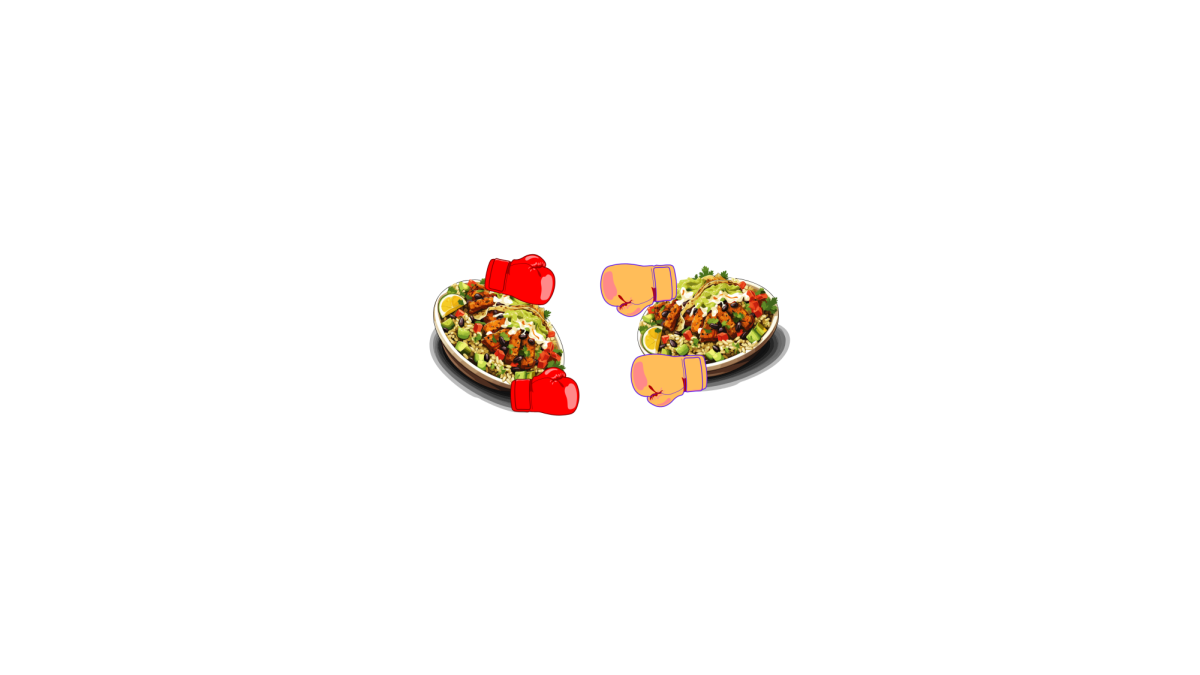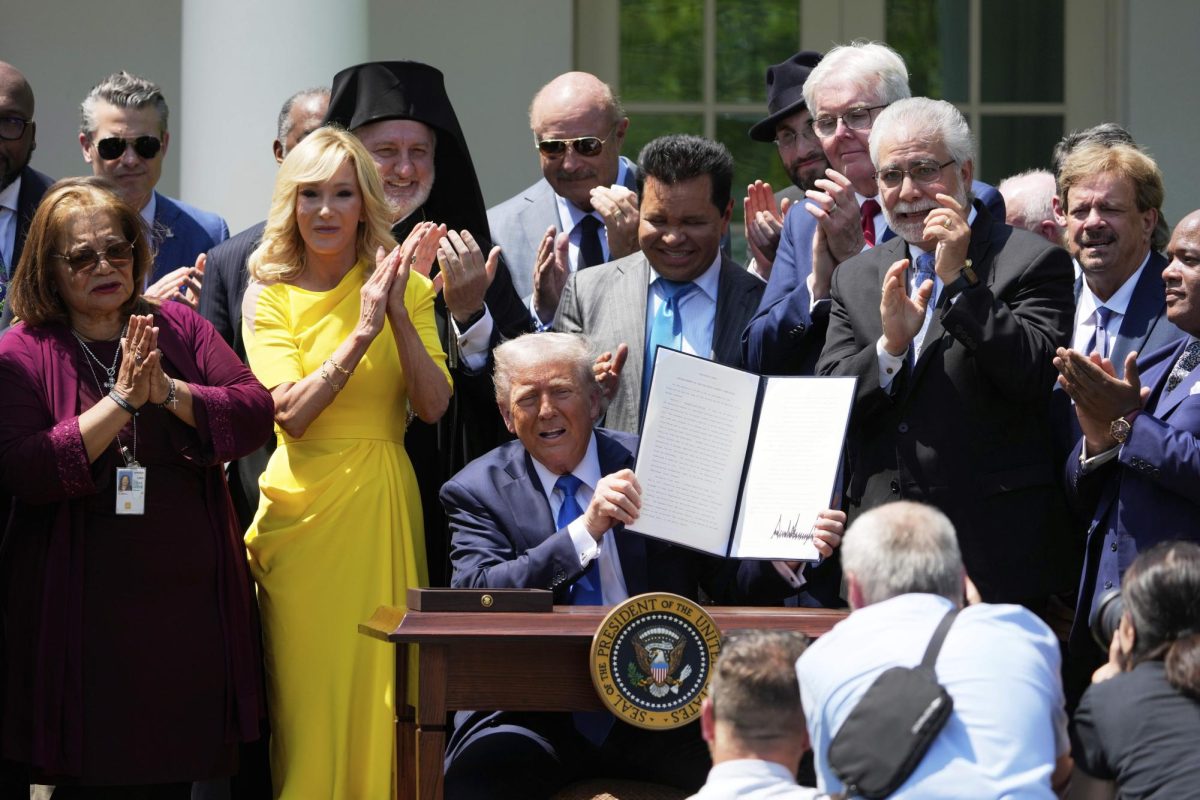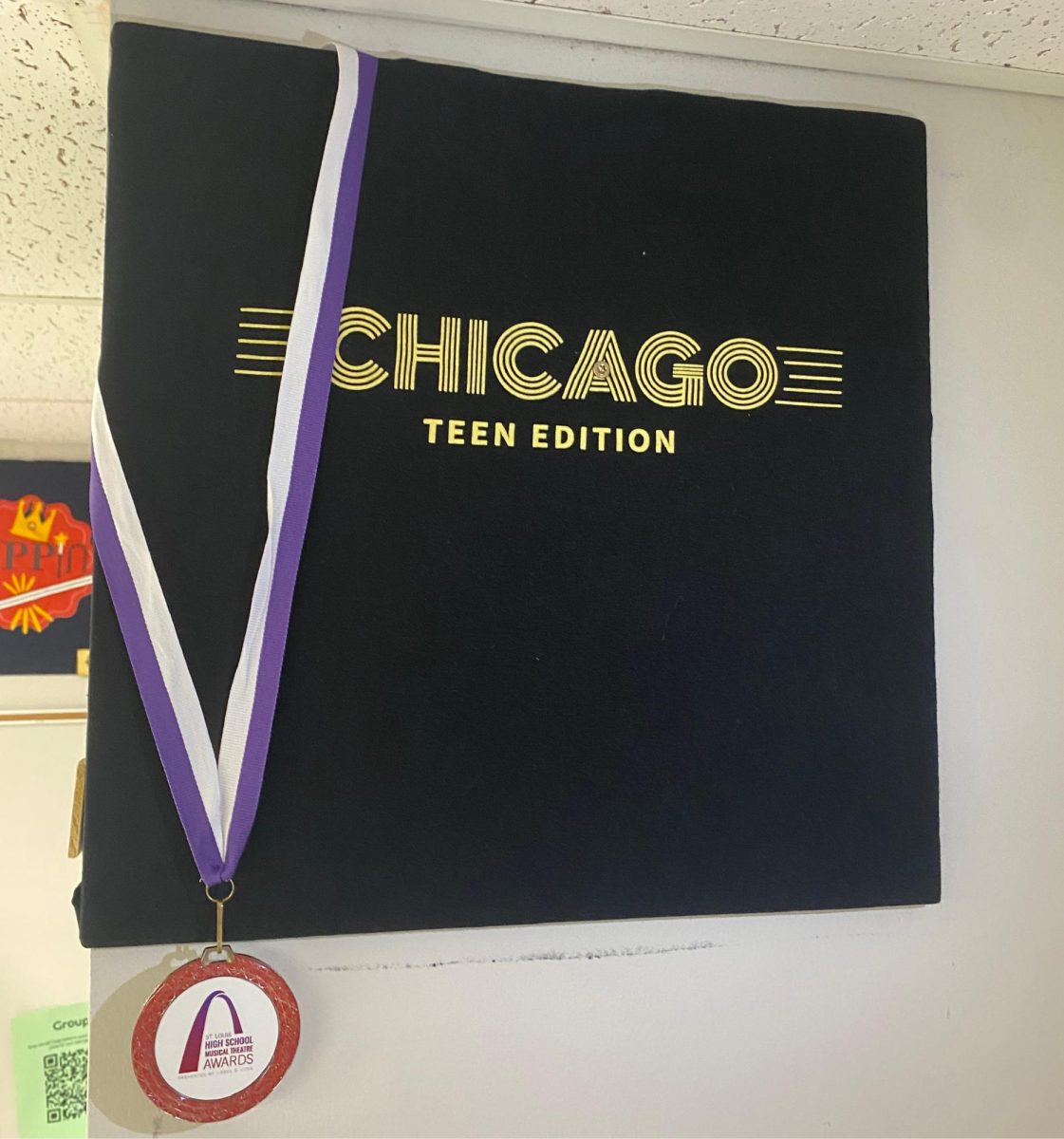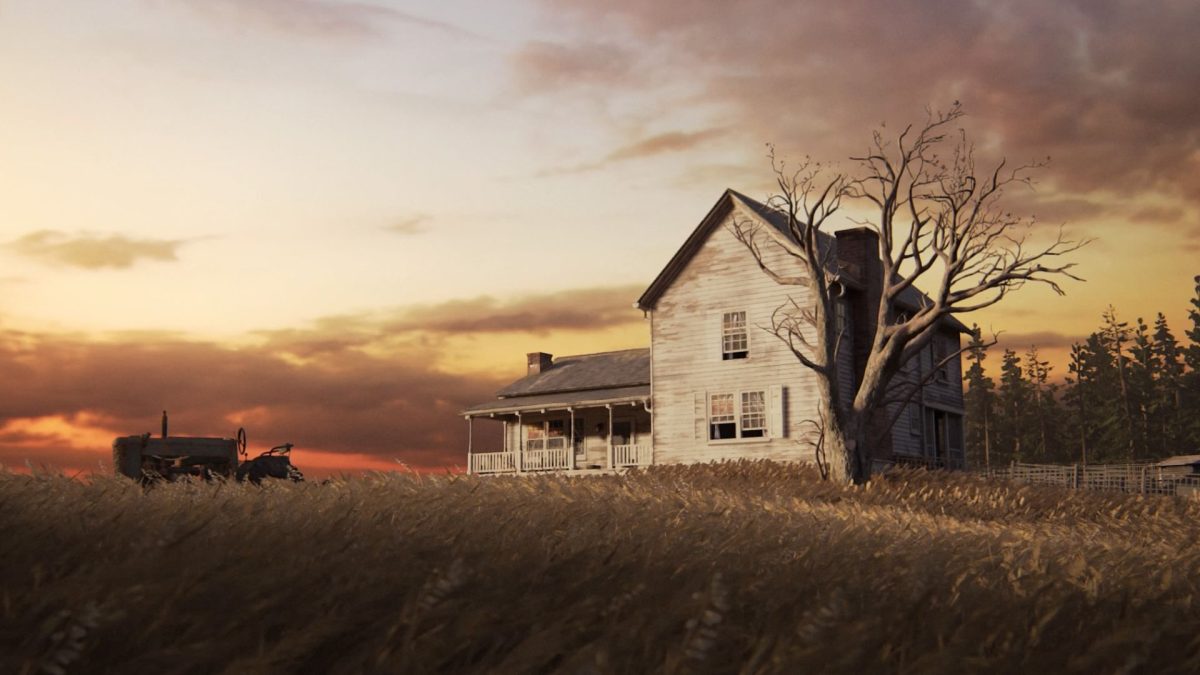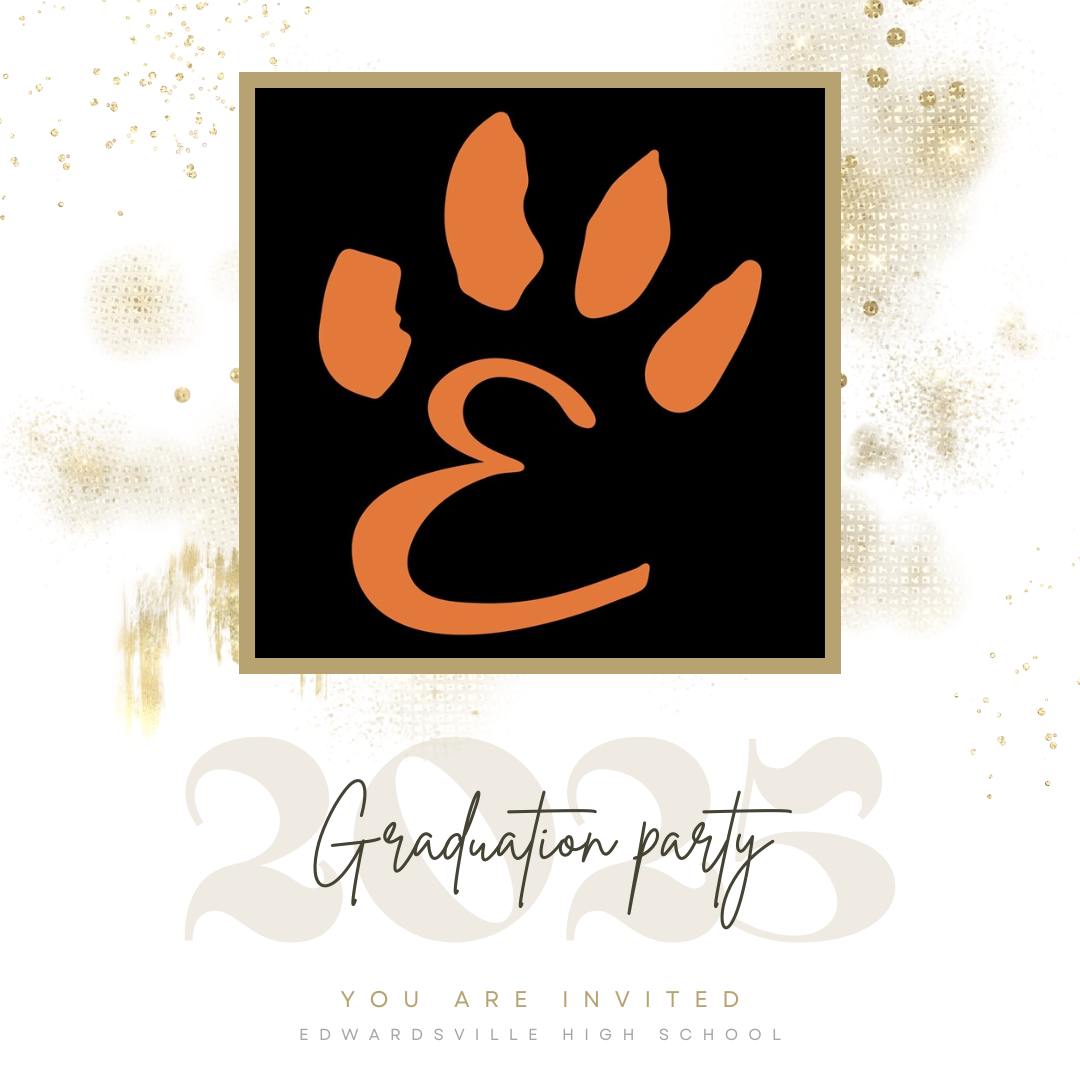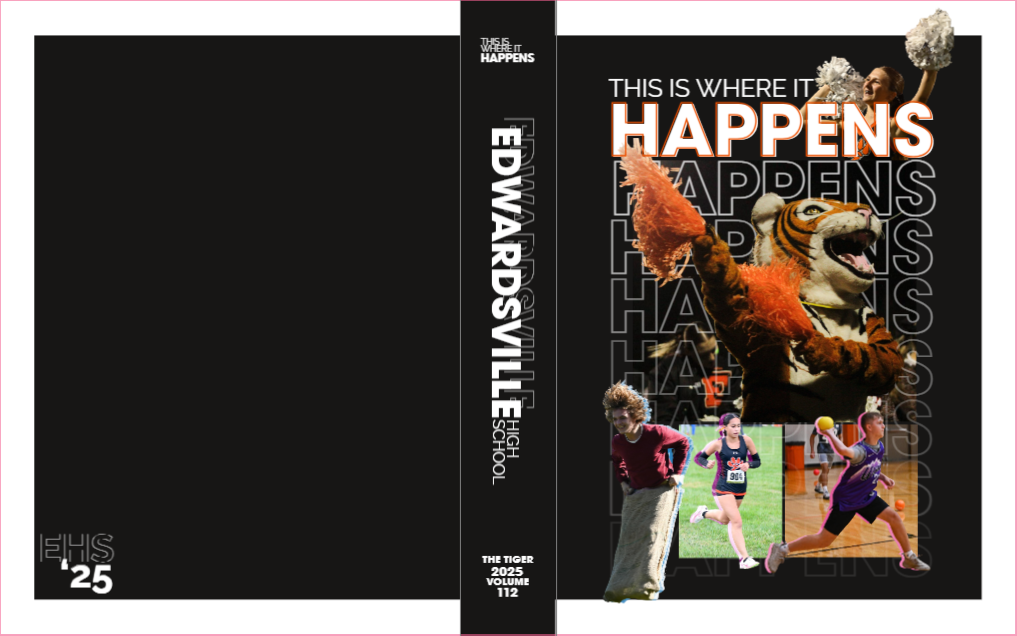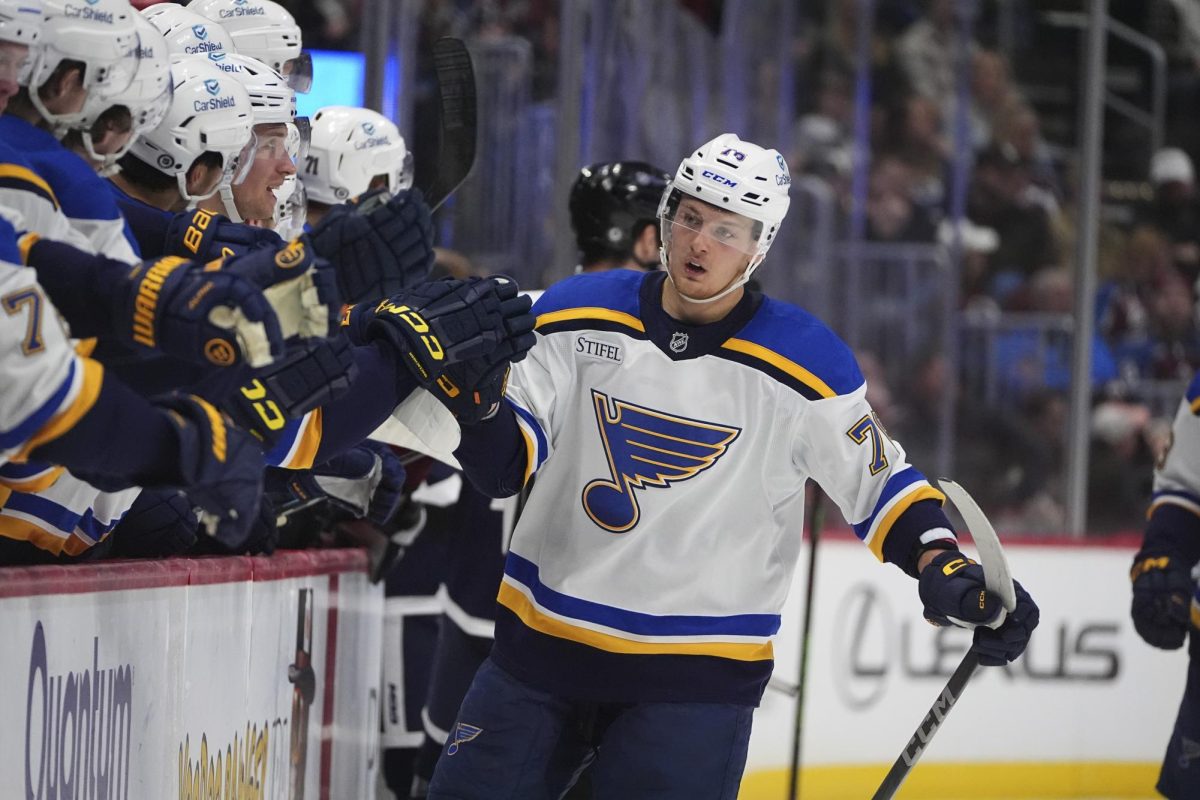‘Beauty and the Beast’ Brings Fairytale to Big Screen
March 23, 2017
The “tale as old as time” hit theaters this weekend, stunning audiences of all ages with its retelling of the classic tale.
“Beauty and the Beast” was originally released in 1991, and director Bill Condon wanted to bring the animation to life without copying the original.
“I saw (the original) not as a child, I saw it as a grown up…we’ve brought out some of the adult themes to the surface,” Condon said. “I’m hoping it’s as rich an experience for adults as it is for children.”
The opening scene beautifully depicts the party taking place when the enchantress puts a spell on the prince. This gave audiences more insight into what the magical objects were like before they were cursed and a better image of the Beast’s previous life.
Emma Watson is the perfect casting choice for Belle—her defining role Hermione from the “Harry Potter” series and Belle are both very independent, intelligent women and Watson herself can relate to both characters.
“When someone has a feminist point of view, we tend to think she’s no fun at all,” Kevin Kline (Maurice) said. “But a feminist can be feminine, delicate, vulnerable, sweet—and still demand to be taken seriously. Emma fits the bill perfectly.”
Watson’s singing voice is not perfect, but it doesn’t need to be. Her voice is defined and clear, hitting each note with grace. The singing of the rest of the cast is just as I imagined it would be: perfectly fitting with each character very reminiscent to the original film.
Several numbers gave me chills with the imagery and colors, but “Be Our Guest” was above the rest. The digital work done on this film was extremely realistic, and that only added to the grandiose production of this number.
New songs were also created for the film. Part of me was hoping there would be songs from the Broadway musical included in the movie, but the new songs aided in the originality of the film. Composer Alan Menken wrote both the original and new songs.
“We knew we wanted to get more of a sense of time and place for 18th century France, and more texture to Belle and Maurice’s relationship, as well as for the Beast and how the Prince turned so mean,” Menken said.
These new songs were created to enhance the added plot: more of Maurice’s backstory was explained and the Beast was easier to empathize with after learning more about him. The enchantress also played a bigger role as a homeless woman living in the village who takes care of and rehabilitates Maurice after Gaston leaves him to die in the woods.
As for the controversy over Lefou being gay, it was no big deal. It made for funnier plot points of Lefou being in love with Gaston and gave extra adlibbing to Josh Gad. Let’s face it, why else would Lefou sing a whole song about Gaston in the original?


